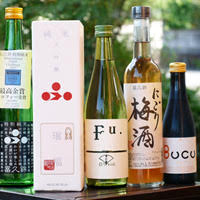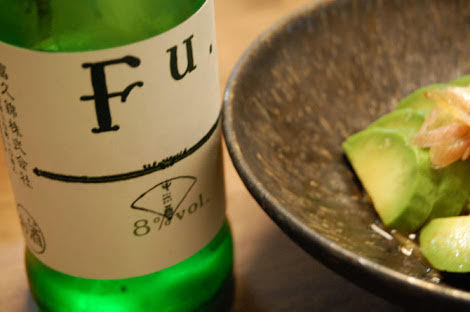Why drink sake when you have all sorts of options available including whiskey, wine, and cocktails?
Well, let me say that sake is potentially the best drink to have during meals. Up until now, the popular choices to drink during dinners were beer and wine. Beer certainly helps to quench one’s thirst and wine is the perfect way to wash and refresh your palate. Sake may not have these features, but it has a quality that can’t be copied by others – enhancing the dishes’ flavors when paired with the right matches.

The concept of umami is what makes sake the perfect drink to pair with meals. Umami is a difficult taste to describe. It’s similar to salty, but not quite the same. Imagine biting into a piece of steak and tasting the flavor aside from the salt and pepper. Imagine eating tomatoes and remove the sourness and sweetness factors. That’s umami. It’s the taste sensation that is meaty or savory and is produced by several amino acids and nucleotides (by Merriam-Webster). The umami from sake comes from its raw material, rice. Just like rice is the master of matching almost any kind of dish, sake too has similar potentials.
So how can you choose the correct sake with the right meals? Well, there are a few guidelines that you can use that will help you get to the right sake. First, sake labels will always have the sake’s rice polish ratio on its front or back label. This percentage explains how much of the rice is left after polishing the original brown rice (as a reference, rice that is eaten have a rice polish ratio of about 90~92%). Sake with a higher rice polish ratio is richer as it retains more of the

rice’s umami, thus, better matched with thicker tasting dishes. Sake with a lower rice polish ratio is light and clear, and best matched with lightly flavored dishes.
In general, rice polish ratio above 60% indicates rich sake, while under 60% indicates light sake. In addition to this, the term to remember is ginjo. Ginjo is a process of sake making that creates a fragrant aroma. Sake with ginjo in its name usually have fruity aromas, which make it best for matching appetizers and light dishes, and also a good bottle to drink by itself.
Start choosing your sake using these quick guidelines, and the rest can be acquired by experience. Happy drinking!
Sponsored by www.sakemura.com



 0
0